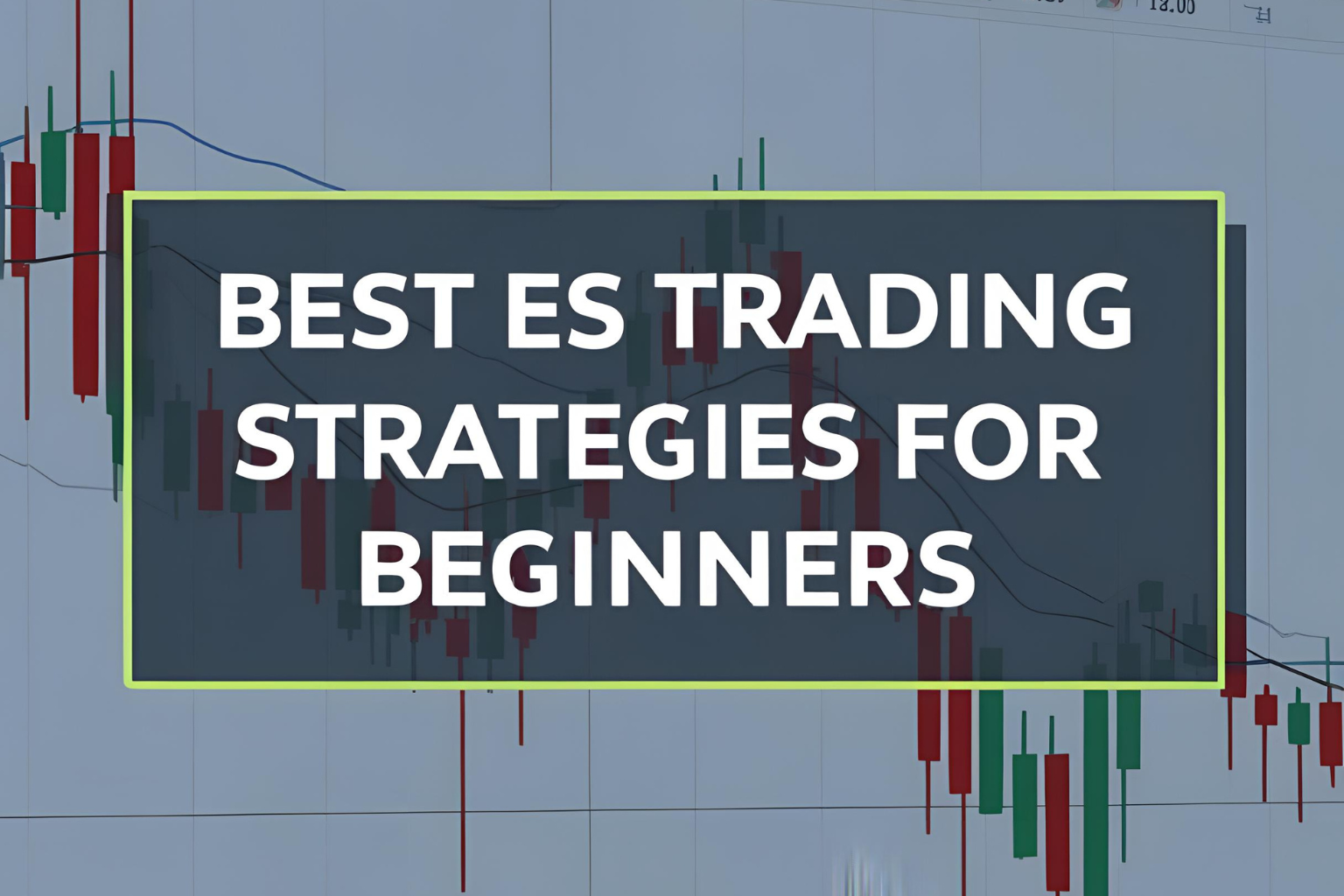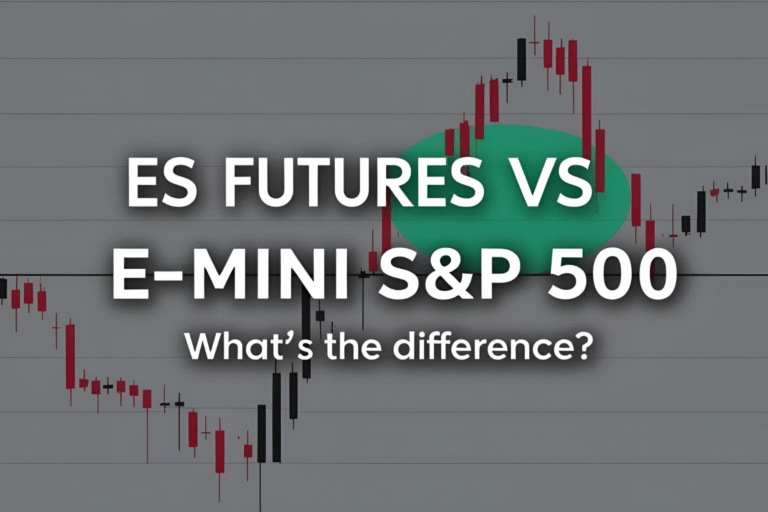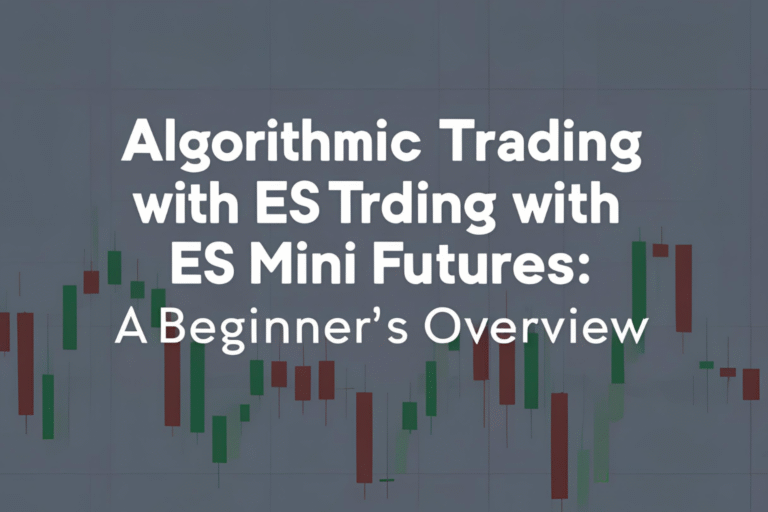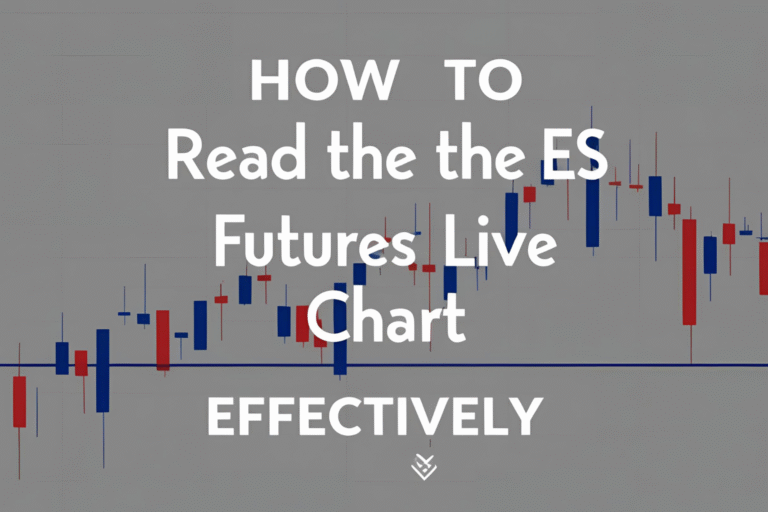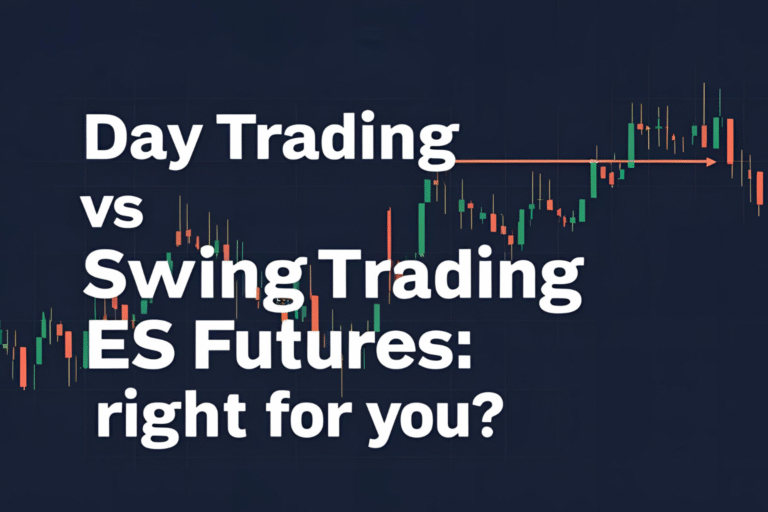Best ES Trading Strategies for Beginners
Starting your journey in ES futures trading can feel overwhelming. The E-mini S&P 500 contract (ES) is fast-moving, highly liquid, and trades nearly 24 hours a day. That’s why having the right strategy is essential — especially if you’re new to futures trading.
In this guide, you’ll learn simple and effective ES trading strategies for beginners that you can use to build confidence and discipline.
What Makes a Good ES Trading Strategy?
A trading strategy should provide a clear set of rules to guide your decisions. A good ES futures strategy will help you:
- Identify high-probability setups
- Manage risk effectively
- Maintain consistency
- Reduce emotional trading
1. Moving Average Crossover Strategy
This is one of the easiest strategies for beginners. It uses two moving averages:
- Fast MA (e.g., 9 EMA)
- Slow MA (e.g., 21 EMA)
Buy Signal: When the fast MA crosses above the slow MA
Sell Signal: When the fast MA crosses below the slow MA
Use it on a 5-minute or 15-minute chart for intraday trades. Always confirm the trend with higher timeframes.
2. Support and Resistance Breakout
Identify key horizontal levels where price has reacted in the past. Then wait for a clean breakout.
- Buy setup: Price breaks above resistance with volume
- Sell setup: Price breaks below support with volume
This method is great during high volatility periods like U.S. market open (9:30 AM EST).
3. Pullback to VWAP
The Volume Weighted Average Price (VWAP) is used as a dynamic support/resistance.
- Buy setup: Price pulls back to VWAP and holds
- Sell setup: Price pulls back to VWAP from below and fails to break above
This is effective during trend days, especially for scalping setups.
4. Opening Range Breakout (ORB)
Define the first 15-minute high and low after market opens (9:30–9:45 AM ET).
- Buy breakout: Price moves above the high with momentum
- Sell breakdown: Price moves below the low with momentum
This strategy helps capitalize on the early volatility surge.
5. Trendline Bounce Strategy
Draw a trendline connecting higher lows in an uptrend or lower highs in a downtrend.
- Buy setup: Price bounces off the trendline in an uptrend
- Sell setup: Price gets rejected at the trendline in a downtrend
Add confluence with RSI or ATR for better confidence.
Tips for Beginners Using These Strategies
- Start with demo trading before risking real capital
- Focus on 1 or 2 strategies and master them
- Always use a stop-loss based on tick size or ATR
- Log your trades to analyze mistakes and patterns
- Never trade during high-impact economic events without a plan
Final Thoughts
There’s no single “best” strategy that works for everyone. The key is to find one that fits your trading style, risk tolerance, and schedule. With proper discipline and consistent practice, these beginner-friendly ES trading strategies can serve as a solid foundation for your futures trading journey.
FAQs
1. What is the easiest ES trading strategy to start with?
Moving average crossovers are simple and a great way to learn market direction.
2. How do I know if a breakout is valid?
Confirm with volume, higher timeframe trend, and a strong closing candle above/below the level.
3. What is the best time to trade ES futures?
During U.S. market hours — especially 9:30 AM to 11:30 AM ET and 2:00 PM to 4:00 PM ET.
4. Should I use indicators with these strategies?
Yes, but keep it simple. One or two indicators like RSI or ATR are enough.
5. Can I use these strategies for swing trading ES futures?
Yes, just adapt them to longer timeframes like 1-hour or daily charts.
